
[Sourced from: Mechanical Toys: How Old Toys Work, by Athelstan and Kathleen Spilhaus (New York: Crown Publishers Inc., 1989)]
The principle of the Bourdon tube, a flattened, flexible tube that straightens out under pressure, was used in pneumatic toys such as the rubber monkey that plays a drum when a rubber bulb is squeezed by hand.
This simple principle can be utilised to provide pneumatic muscles for robots. Jim Whiting uses this principle for his air-powered robot sculptures and performance robots.
The jumping frog is another example.
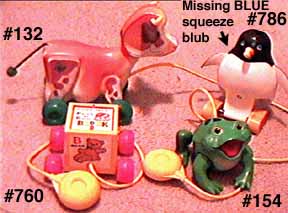
An early ornithopter was powered utilising a Bourdon tube.
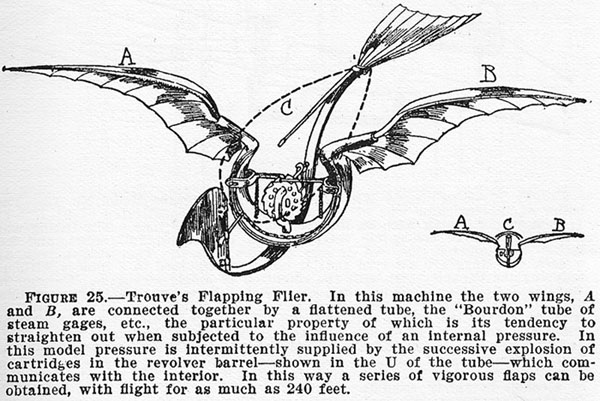
1870. In this ornithopter constructed by Gustave Trouvé, twelve gunpowder charges were fired successively into a bourdon tube to flap the wings, an unusual type of internal combustion engine. It flew 70 meters in a demonstration to the French Academy of Sciences.
Related devices:
Air Pulse Vehicle
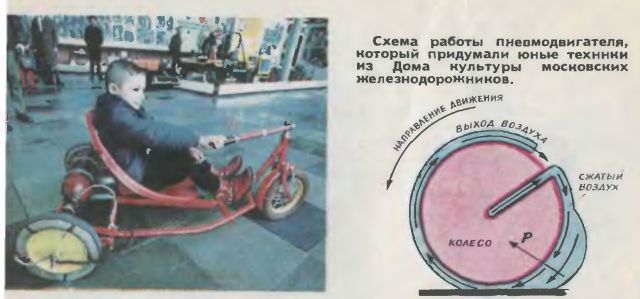
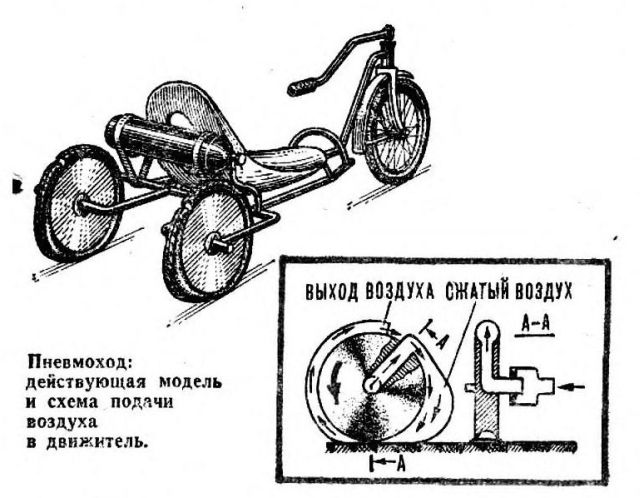
Vehicle powered using expanding air tube exhausting on each rotation. The bubble forces a forward force making the wheel rotate.
Peter Holland's Bourdon tube principled toy , the "Bubble Pulser".
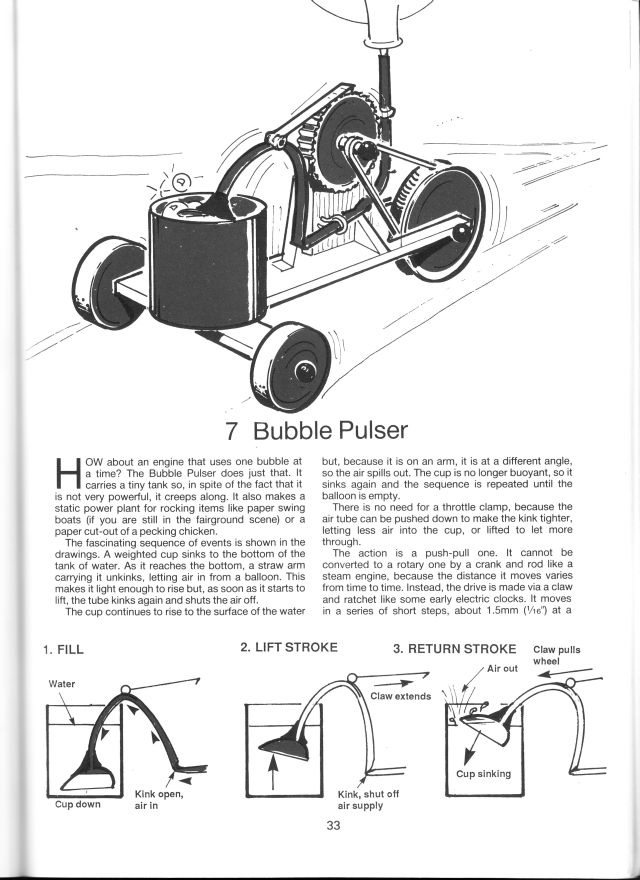
See Full construction article pdf here.
Inflatable Hoists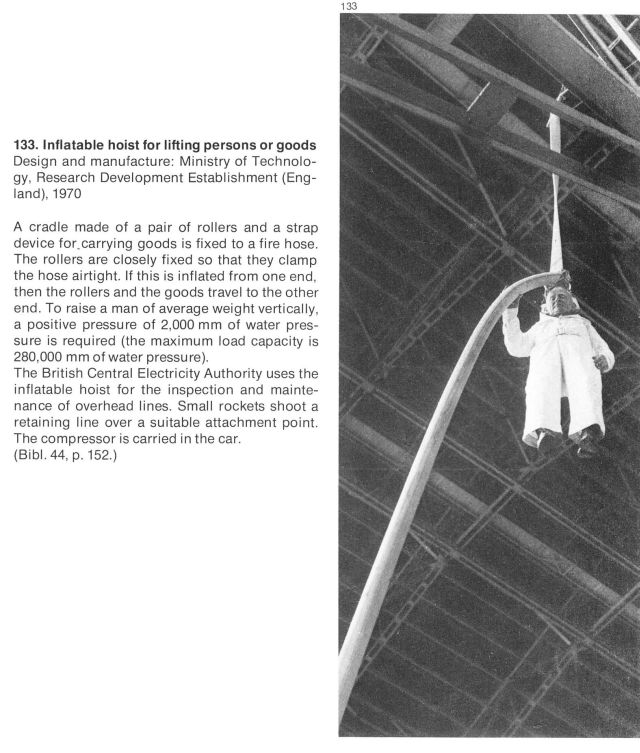
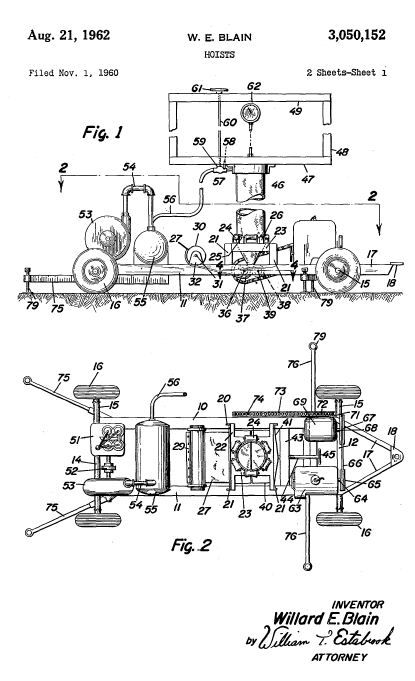
A Pneumatic, inflatable hoist patent.
See other Pneumatic, Fluidic, and Inflatable robots here.